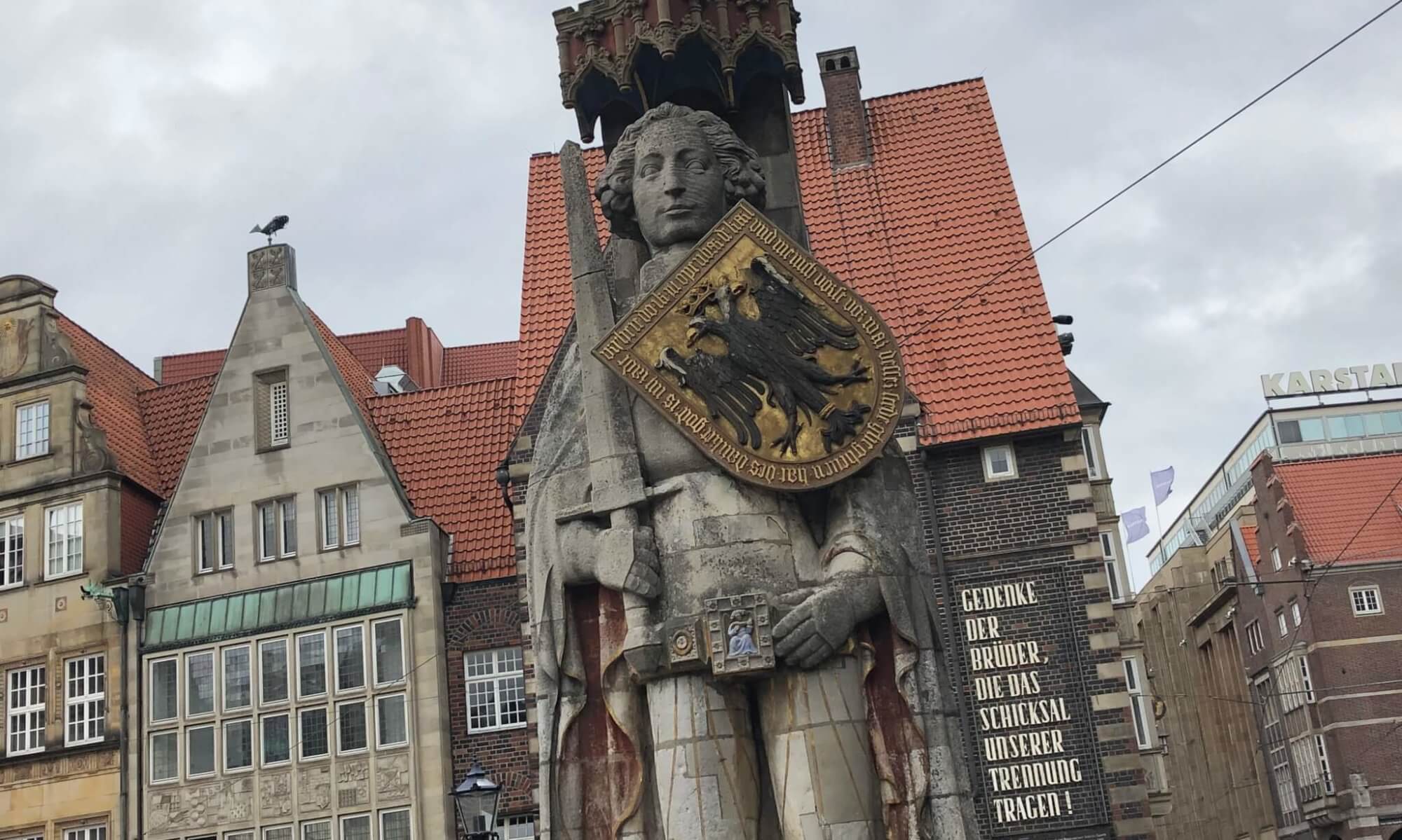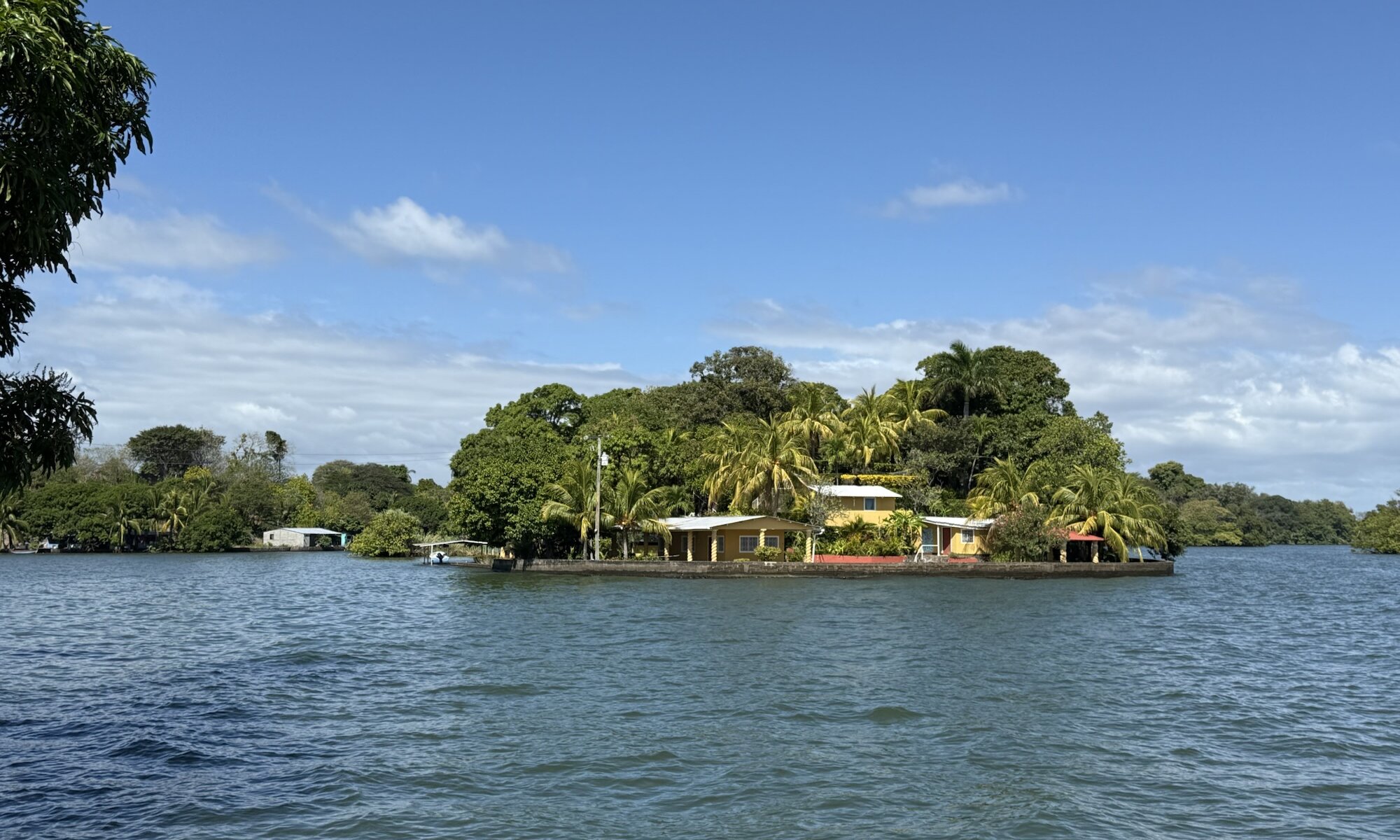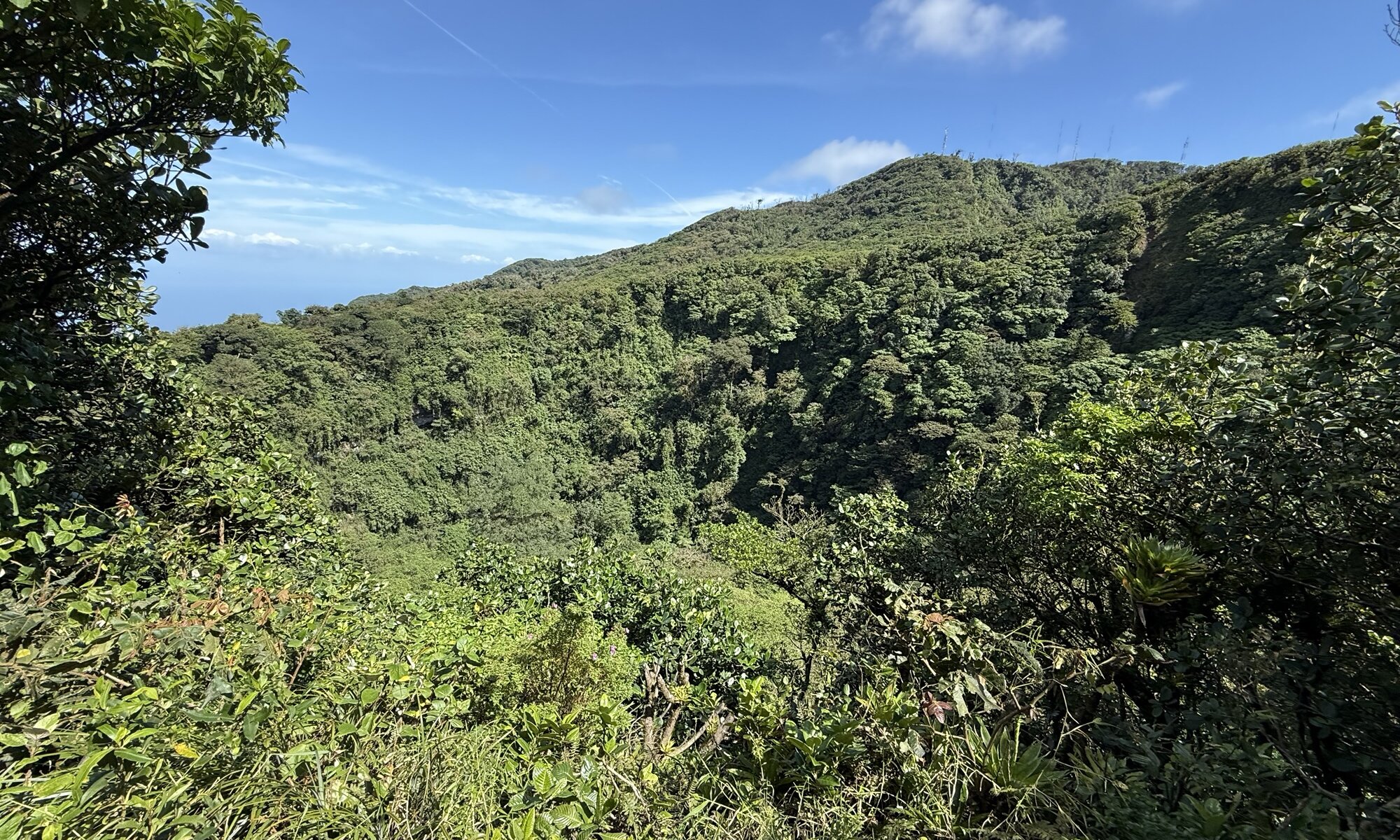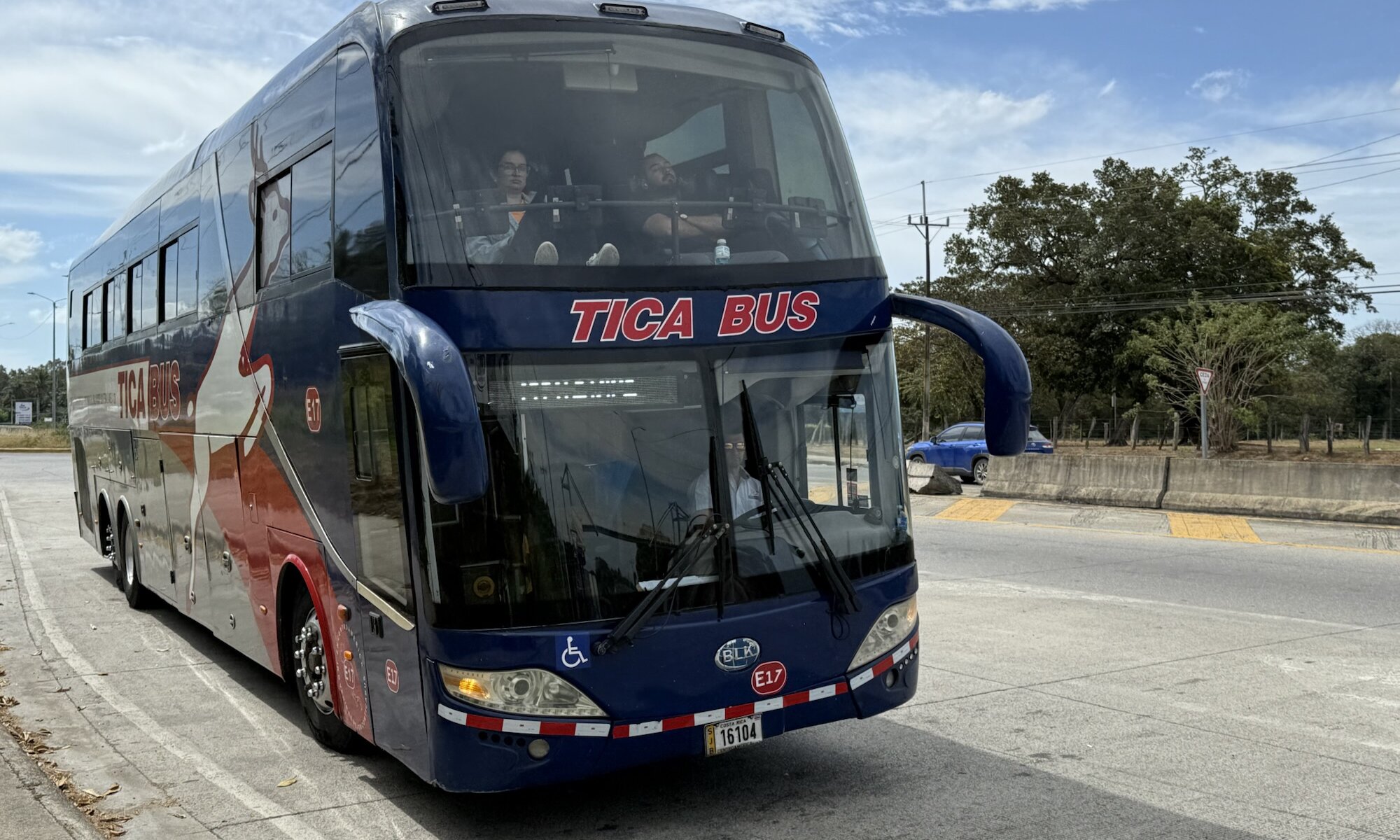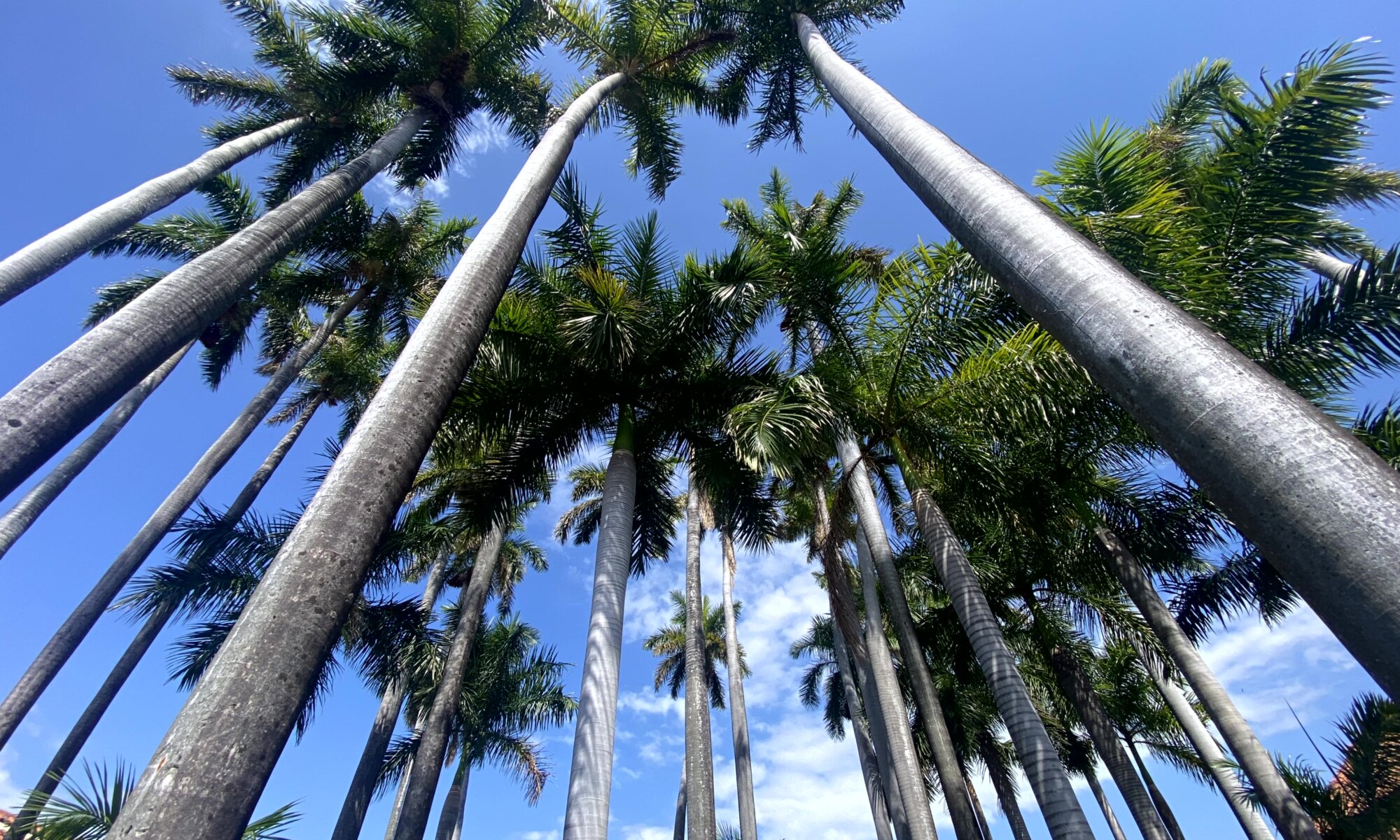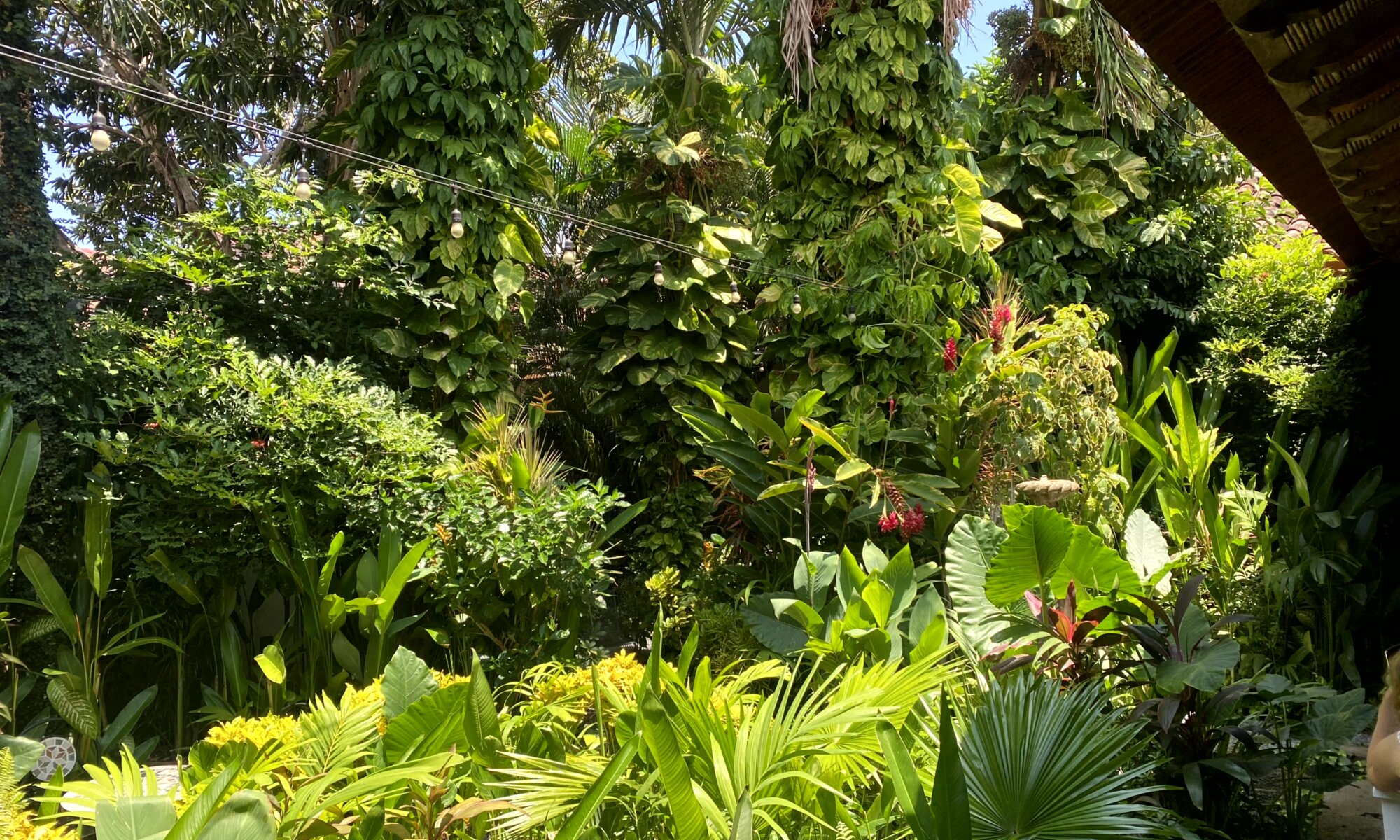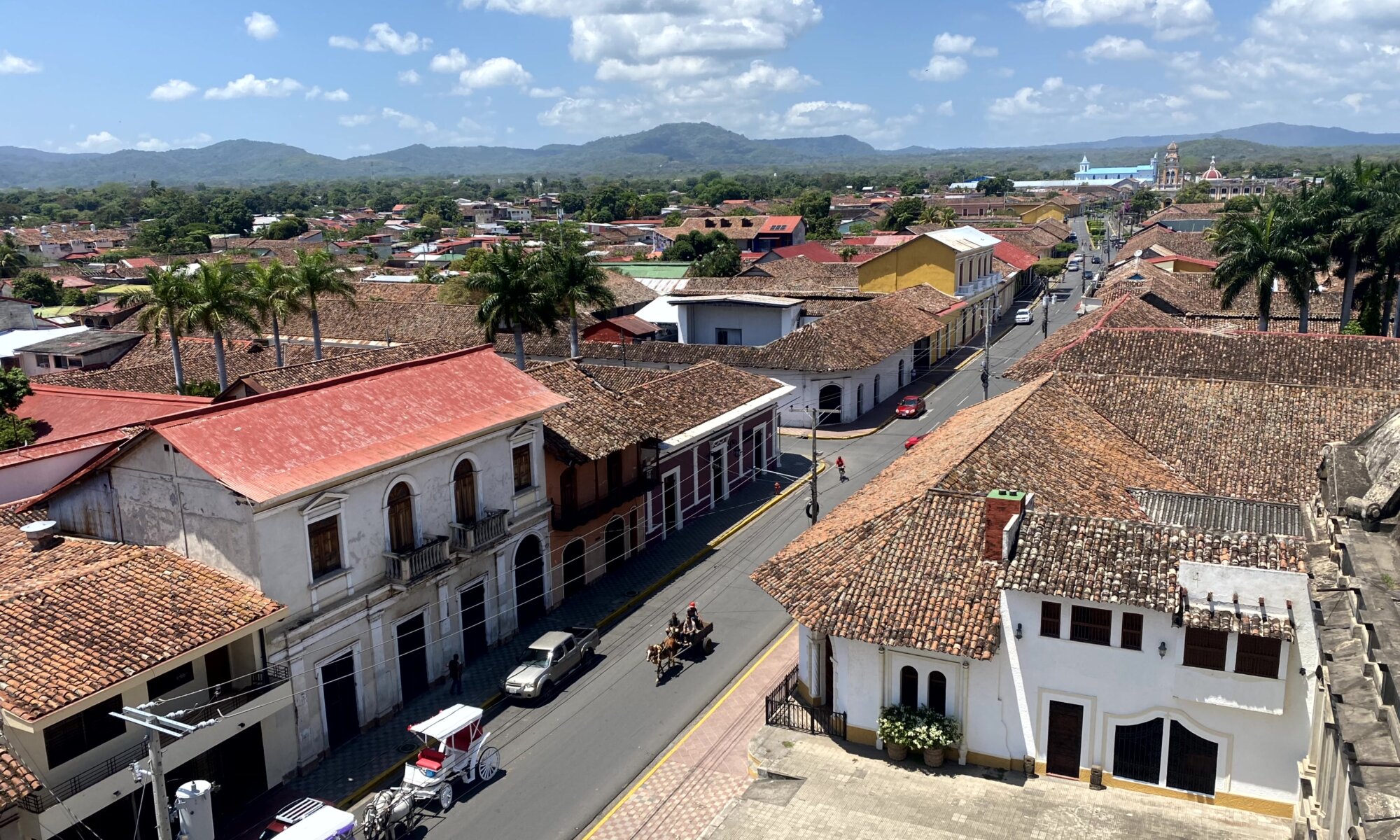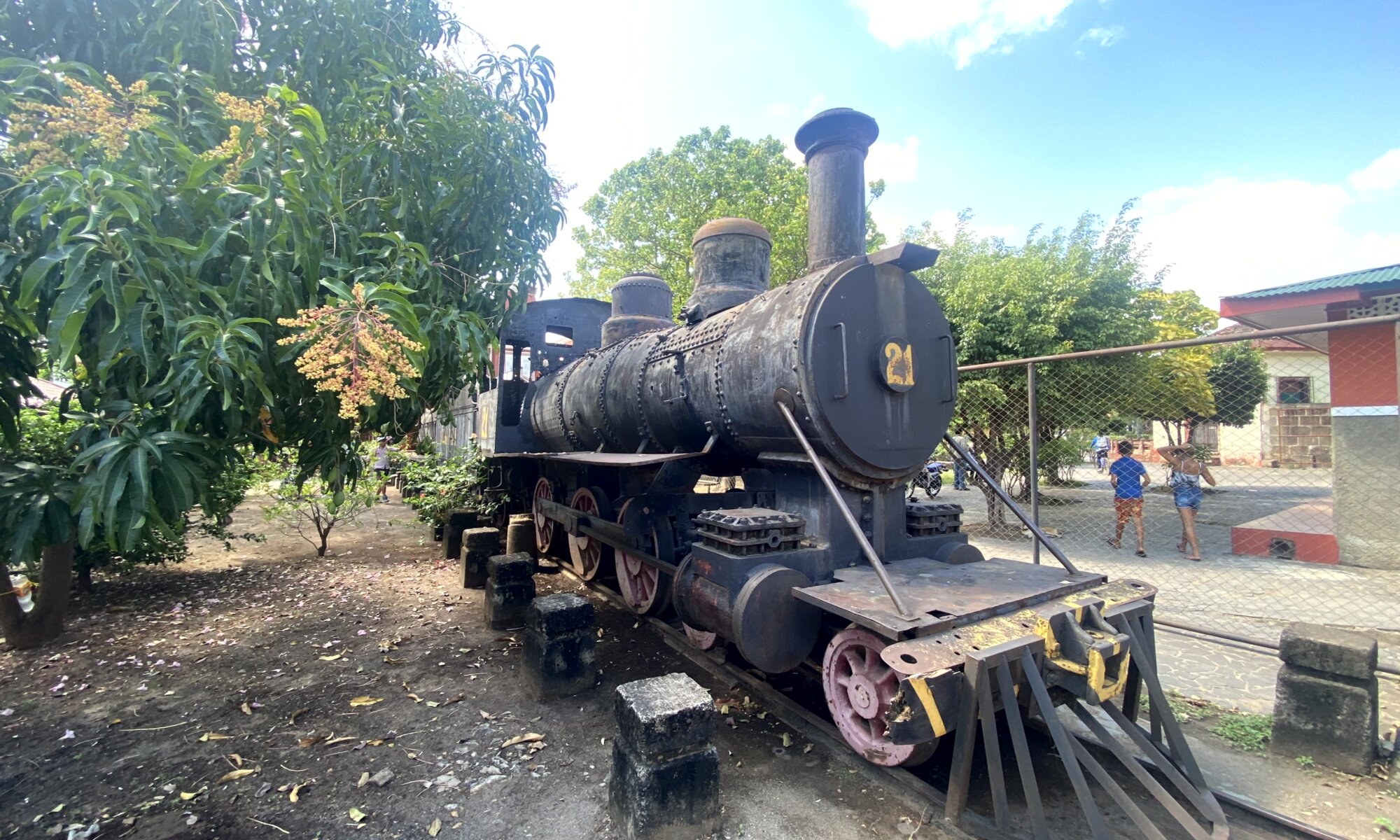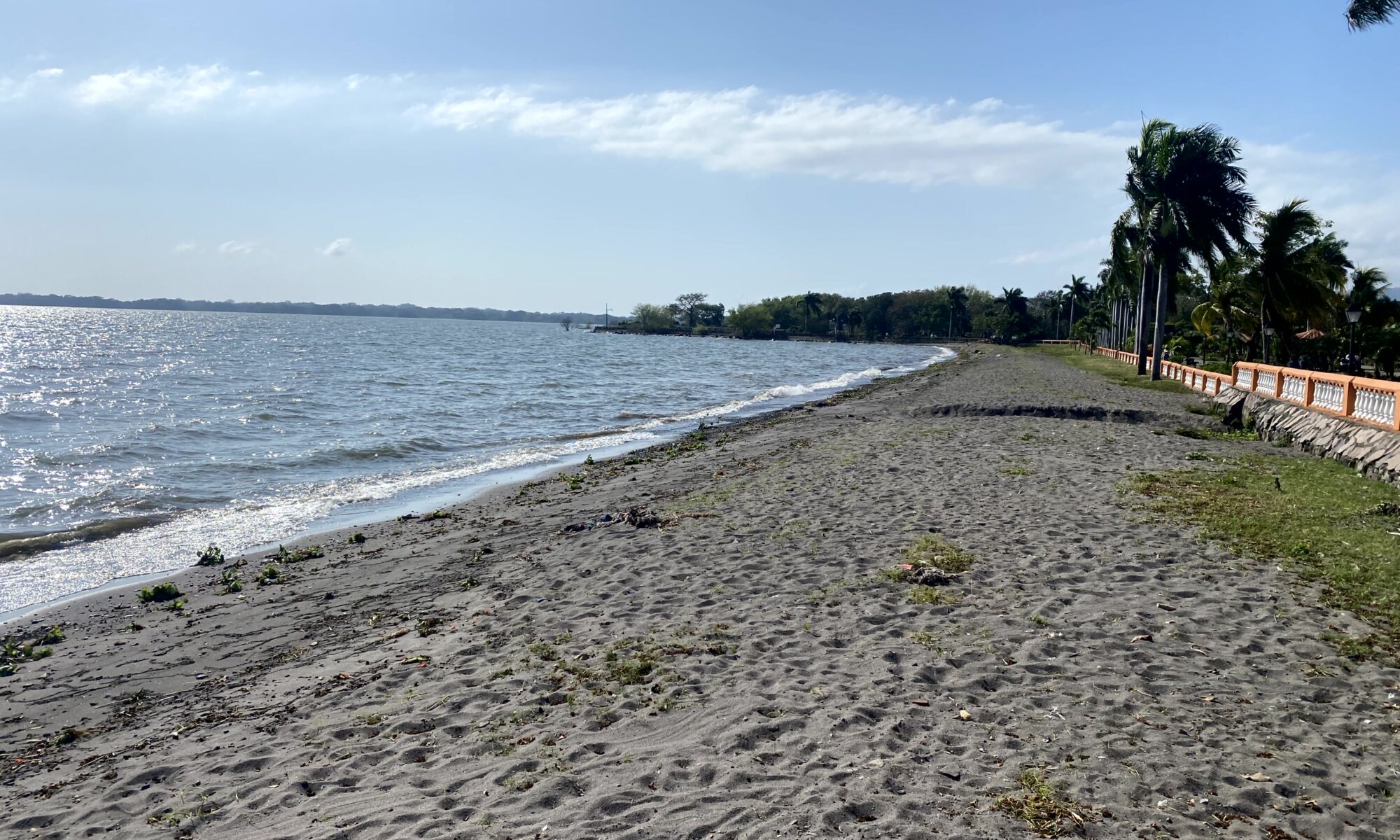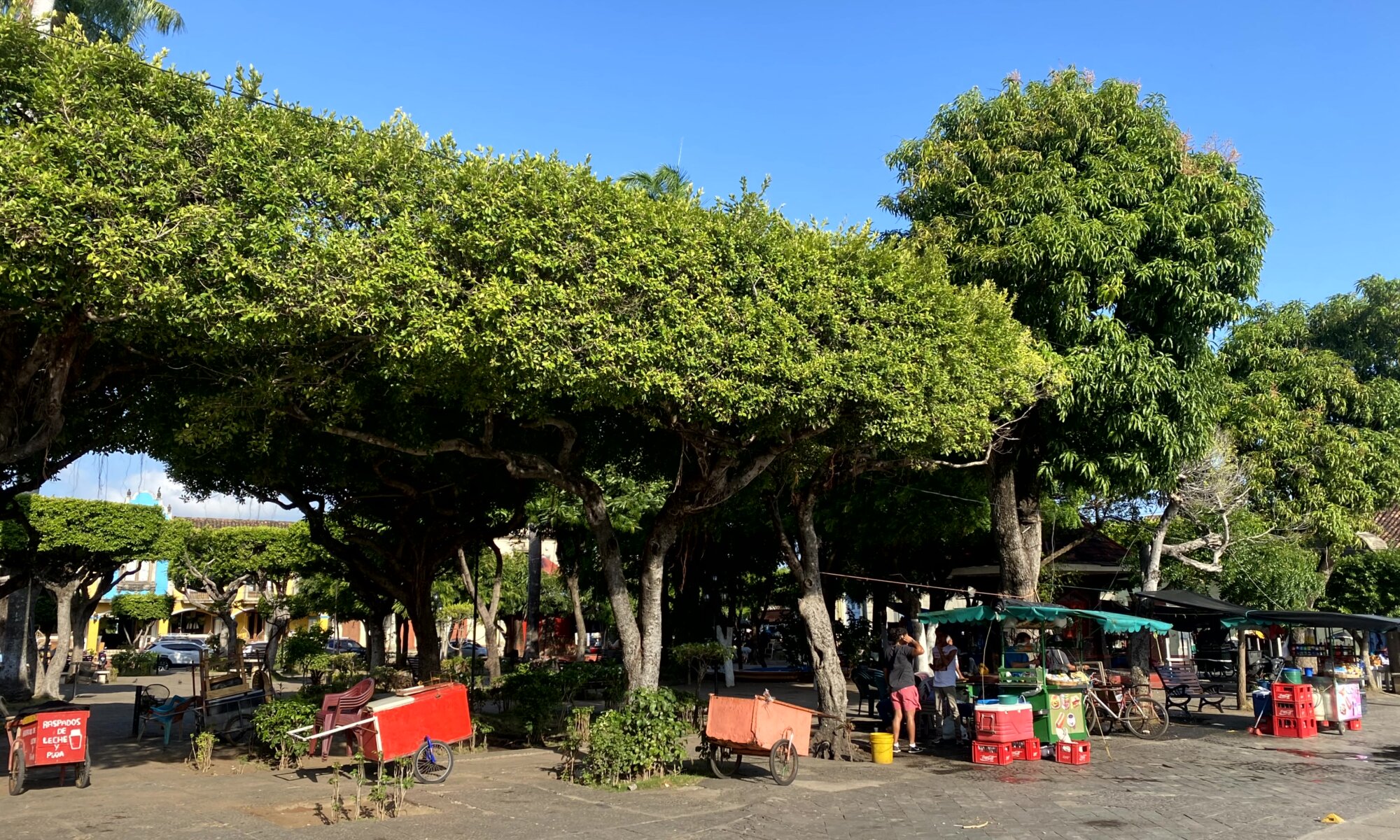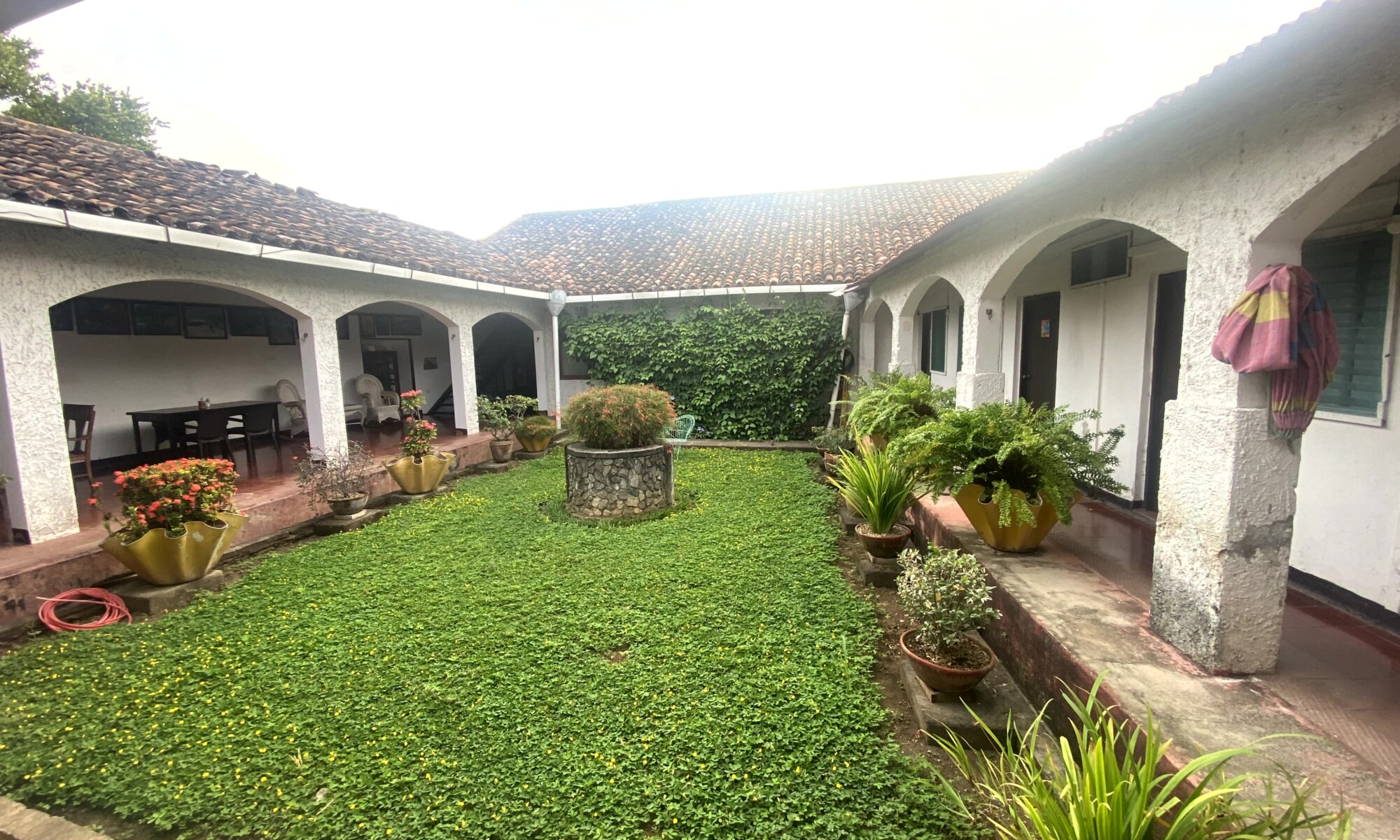The Isletas de Granada, a group of 365 small islands scattered in Lago Cocibolca near the city of Granada, were formed thousands of years ago when the Mombacho volcano erupted, ejecting massive amounts of rock and debris into the lake. Today, these islets serve various purposes, from private residences and vacation homes to hotels and eco-tourism destinations. Visitors can explore the lush vegetation, observe diverse wildlife, and enjoy stunning views of the surrounding landscape, including the imposing Mombacho volcano.
Continue reading “Las Isletas”Mombacho
Volcán Mombacho, the iconic house mountain of Granada, Nicaragua, stands as a majestic natural landmark just 7 kilometers from the city. Visitors can easily reach the base station by bus or rental car, where they are greeted with an exciting adventure up the steep volcano. At scheduled times, published on the official website, tourists are transported up the mountain in trucks or pick-ups. This unique mode of transportation often provides Europeans with a thrilling and unfamiliar experience of riding in the loading area of a pick-up truck, adding an element of excitement to the journey.
Continue reading “Mombacho”Tica Bus
Bus travel in Centro America offers a diverse range of options, from the iconic ‘chicken buses‘ to modern, long-distance coaches. Chicken buses, repurposed and vibrantly painted former U.S. school buses, serve as the backbone of local transportation in many Centro American countries. These colorful vehicles, known for their crowded interiors and frequent stops, provide an affordable and authentic travel experience, connecting rural areas to urban centers. In contrast, companies like Tica Bus offer more comfortable, long-distance travel options with air-conditioned coaches. These modern buses typically operate between major cities, providing a more convenient and faster alternative for travelers covering longer distances.
Continue reading “Tica Bus”Museos Convento San Francisco
Next to the church Convento San Francisco (one of the oldest in Central America) you can find the Museos Convento San Francisco in the former Franciscan monastery. It is the best place if you want to learn more about the history and traditions of Granada, Nicaragua. The museum is a wild mix of exhibits giving you inside in the earlier and later past of the city. Near the entrance you will first find a vast model of the city giving you the chance to understand the layout of Granada which is heavily shaped by colonial history.
Continue reading “Museos Convento San Francisco”The Gringo Café
Sometimes when I’m abroad and overwhelmed by the unusual life around me, by the different climate and the unfamiliar world surrounding me I’m looking for a safe harbor. For something well known, where I know how to act and where everything feels under control. That is most often an international chain, a coffee bar like Starbucks. People tend to laugh about this, but I’m not worried to admit that even I need to get accustomed to the situation.
Continue reading “The Gringo Café”Nuestra Señora de Las Mercedes
The Catholic church La Merced is one of the most iconic buildings of Granada, Nicaragua. That is mostly because of the centuries old Baroque-style facade of the building, it is an important cultural heritage of the city. La Merced (or Nuestra Señora de Las Mercedes) was built in 1534 and razed by pirates in 1655. In 1781 the tower was added in a different architectural style; it was destroyed during the Nicaraguan civil war in 1854.
Continue reading “Nuestra Señora de Las Mercedes”No hay trenes a Granada
The state railway of Nicaragua (Ferrocarril de Nicaragua, FCN) existed between 1877 and 1996. The main track was from Corinto at the Pacific ocean to Granada at the Lago Cocibolca. From there, goods could be shipped via the Suan Juan river to the Atlantic ocean – a coast to coast connection. But there were also tracks to León, Masaya, Chinandega and San Juan del Sur. In 2001 also the last private railway closed down and there are no trains running through Nicaragua anymore.
Continue reading “No hay trenes a Granada”Malécon
When you’re leaving the city center of Granada, Nicaragua, to the east you’ll reach the Malécon at the Cocibolca lake. Don’t expect a promenade with many people passing along or bars and restaurants. It is the chance to have a look at the lake or to get onto the pier to catch a ship going to the Isletas, to Zapatera or Ometepe. If you want to have a drink you need to walk along the shore further to the south, to a place flagged as Centro Turístico.
Continue reading “Malécon”Parque Central
People sitting on benches chatting, children chasing pigeons, merchants selling their products on a small market, horse carriages waiting for passengers to jump in. The Parque Central of Granada, Nicaragua, is as usual in colonial cities the heart of the town, the living room, the meeting place. Bars, restaurants and hotels surround this place which makes a good starting point for a visit to the city. Fountains and statues, dedicated to national poet Rubén Darío, to the country Nicaragua and to mothers in general decorate the place.
Continue reading “Parque Central”Colonial house
The Hotel El Arca de Noé is the perfect starting point for a trip to Nicaragua. Located in the city center of Granada it is situated in a former colonial house with a garden in its center. Once you’re overwhelmed by the hustle and bustle of the streets you can enter this oasis and relax in one of the many hammocks or rocking chairs. The rooms are all located around this patio and in the mornings they serve you breakfast there: either the traditional Gallo Pinto (beans and rice) or pancakes with bananas.
Continue reading “Colonial house”